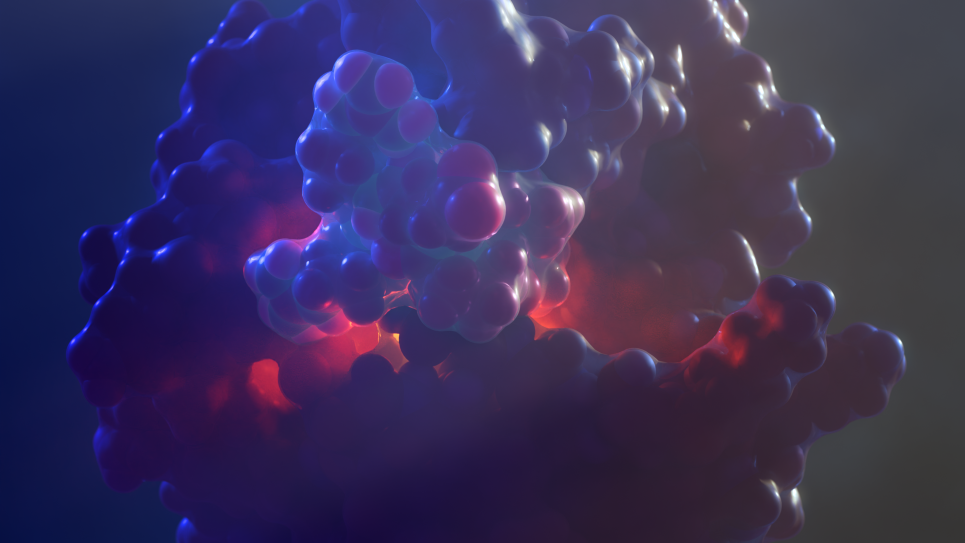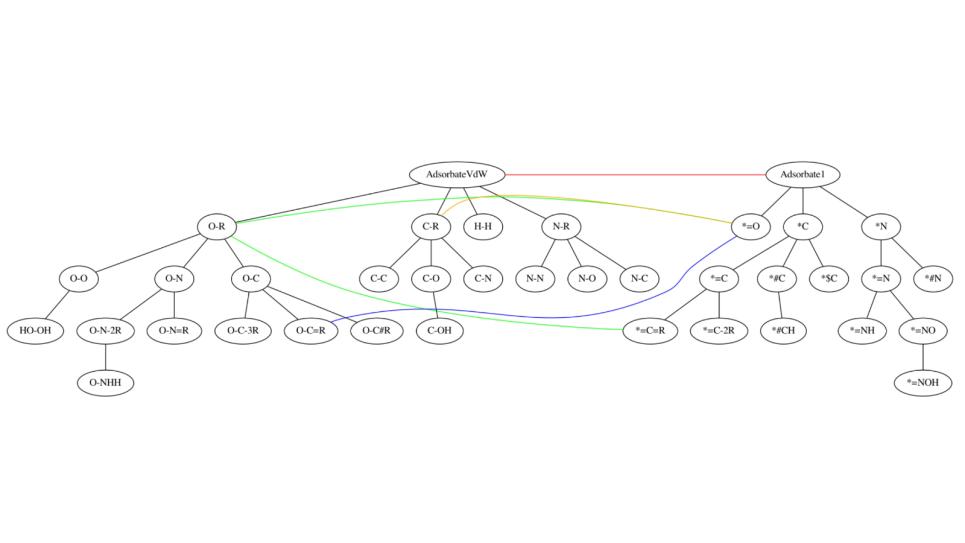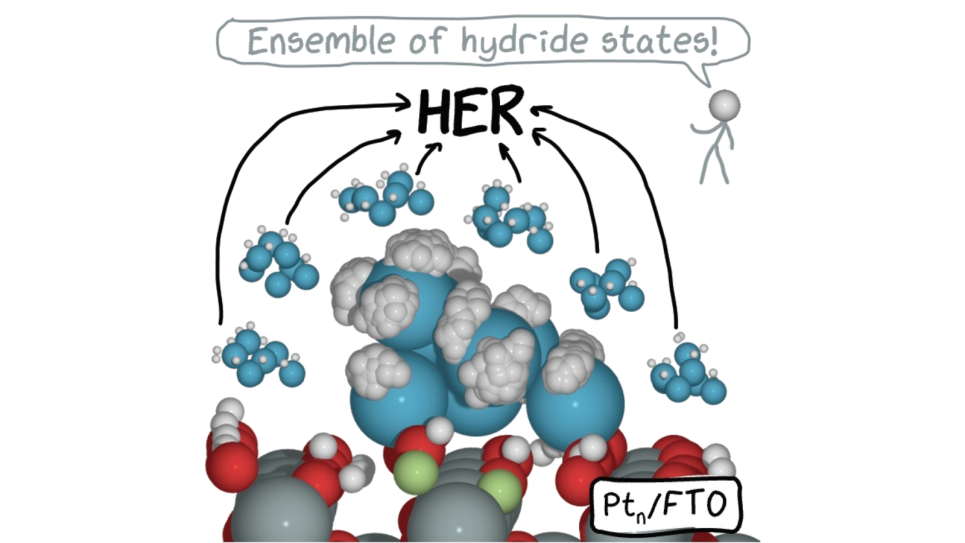Large-scale electronic structure theory can provide potential energy surfaces and force fields for simulating complex chemical process important for technology and biological chemistry. An especially great challenge is to obtain accurate energies and stationary points for systems whose electronic structure has high multireference character, and we address that challenge here by using multi-reference perturbation theory (MRMP2) and multi-configuration quasi-degenerate perturbation theory (MCQDPT). We will apply MRMP2 and MCQDPT to study three challenging classes of reactive systems in the gas phase and materials: (1) charge transfer coupled to magnetic spin state change in metallofullerenes and metal-doped carbon nanotubes, (2) reactions of phenolic antioxidants with free radicals, and (3) radical–radical and radical–molecule association reactions. The first class of problems is important for achieving a fundamental understanding of charge transfer and polarity in the context of molecular electronics and spintronics. The second class is important for understanding cytoprotective effects of both natural agents and drugs or drug leads. The third class of problems is important for developing clean and efficient fuels and for understanding atmospheric chemistry. Our project also includes an exploratory study of density functional theory as applied to catalytic reactions at gas–solid and gas–nanoparticle–solid interfaces and to charge transfer at material interfaces. The computer-intensive part of our research consists of electronic structure calculations required for structural characterization and rate constant and dynamics calculations. The main software packages for this project are the GAMESS, POLYRATE, and GPAW codes. Computational parallelism will be exploited both in the electronic structure steps and in the dynamics steps.


